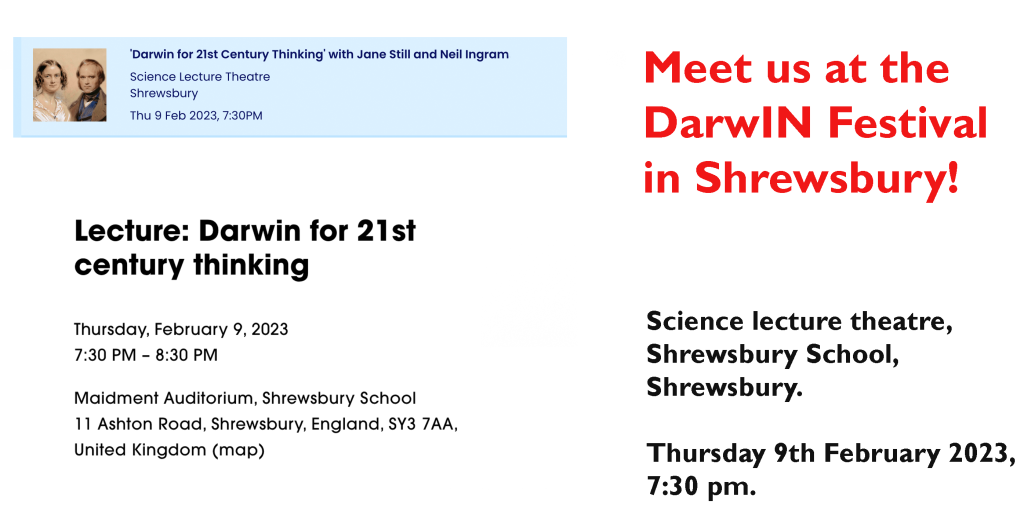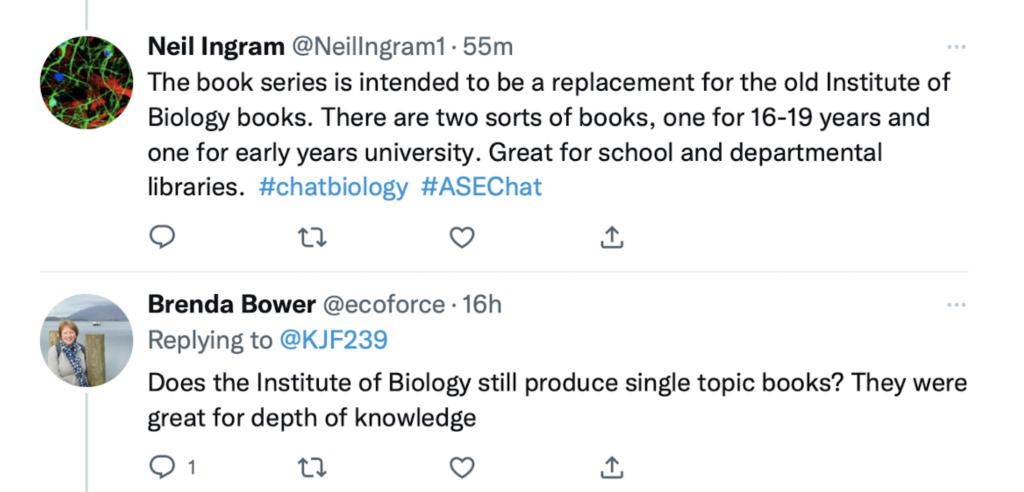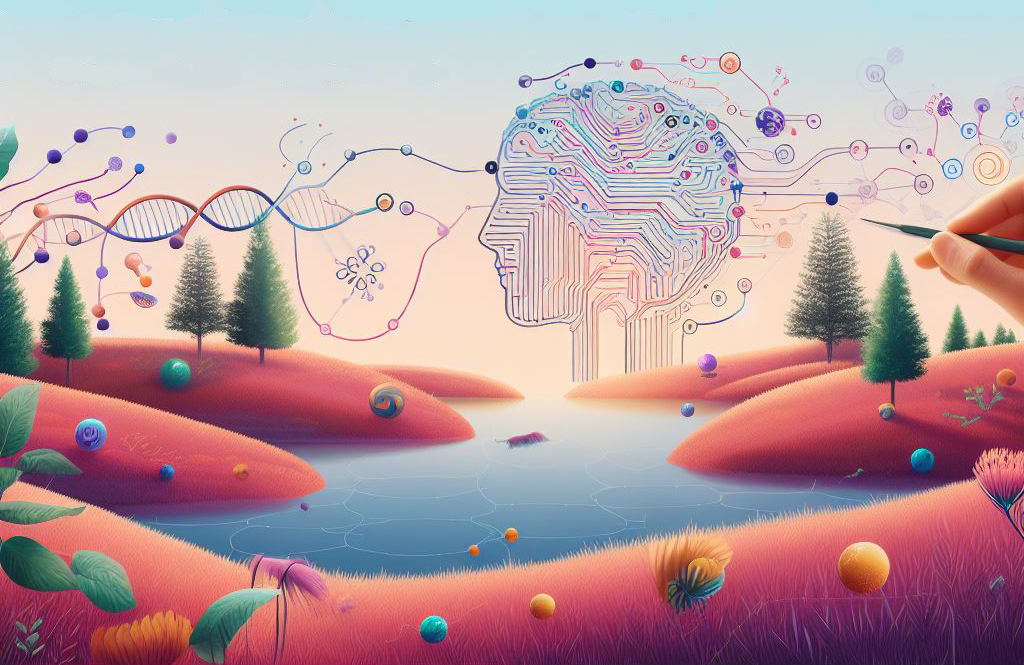
The book is beautifully illustrated and engaging. It is are aimed at 16 to 19 year olds who want to learn more and who may be contemplating a biological career. However, we also have several non-biologist and non-scientific adult friends who have bought and enjoyed Evolution.
The first two chapters explore natural selection and how it leads to evolution, as well as giving insights into those who played key roles in the story of the theory of evolution. For instance, did you know that there were two ‘parties’ in the early 20th Century who were at loggerheads with each other – the Mendelians and Darwinists?
The next two chapters focus more on types of evidence for evolution, as well as how the theory of evolution is itself evolving. Learn the latest on the story of how the giraffe got its long neck and how genomics is putting the cat among the pigeons of established consensus.
The final two chapters look at human evolution. After explaining what palaeontologists look for when they classify hominim fossils, the chapters go on to show how ancient humanity became a patchwork of small, very genetically diverse, groups interbreeding to eventually create Homo sapiens.
The book contains case studies, with opportunities to see the ‘bigger picture’ and regular stops to ‘pause for thought’. Each chapter ends with a summary, recommendations for further reading as well as broader discussion questions, suitable for individuals or use with classes. There is a useful glossary of technical terms.
You can purchase the book at the following online stores:
Here is a recent review of the book on Amazon:


A 5* review from Kathy Freeston (@KJF239):
The Evolution edition of the new Oxford Biology Primers series was written with the intention to stimulate the curiosity and interest of A level students who may be considering studying life sciences at university. I found this book has met its objectives well and would recommend it to any student keen to further their knowledge beyond that covered at A level as well as any teacher looking to deepen their own understanding.
The book has six sections covering the birth & death of species, the evidence behind the theories, the changing views on the topic and human evolution. Alongside the main text each section includes well laid out diagrams and figures, discussion questions and suggestions for further reading. The discussion questions are designed to make the reader think about the section in more depth rather than the questions found in textbooks which tend to solely test knowledge.
The main text of the book tells a story rather than being a dry regurgitation of facts, and uses a more demanding level of literacy than the average A level textbook. It allows the reader to take their own knowledge and expand on it by putting ideas into the context of the time in which individual discoveries were made. The book uses many interesting examples to illustrate the complicated theory of evolution including modern research such as the mosquitoes of the London Underground and the beaks of Great Tits in the UK and The Netherlands.
Having an accessible, high level modern book on Evolution can only be a good thing to encourage young people into further study of this area of Biology.
Other Twitter responses:



